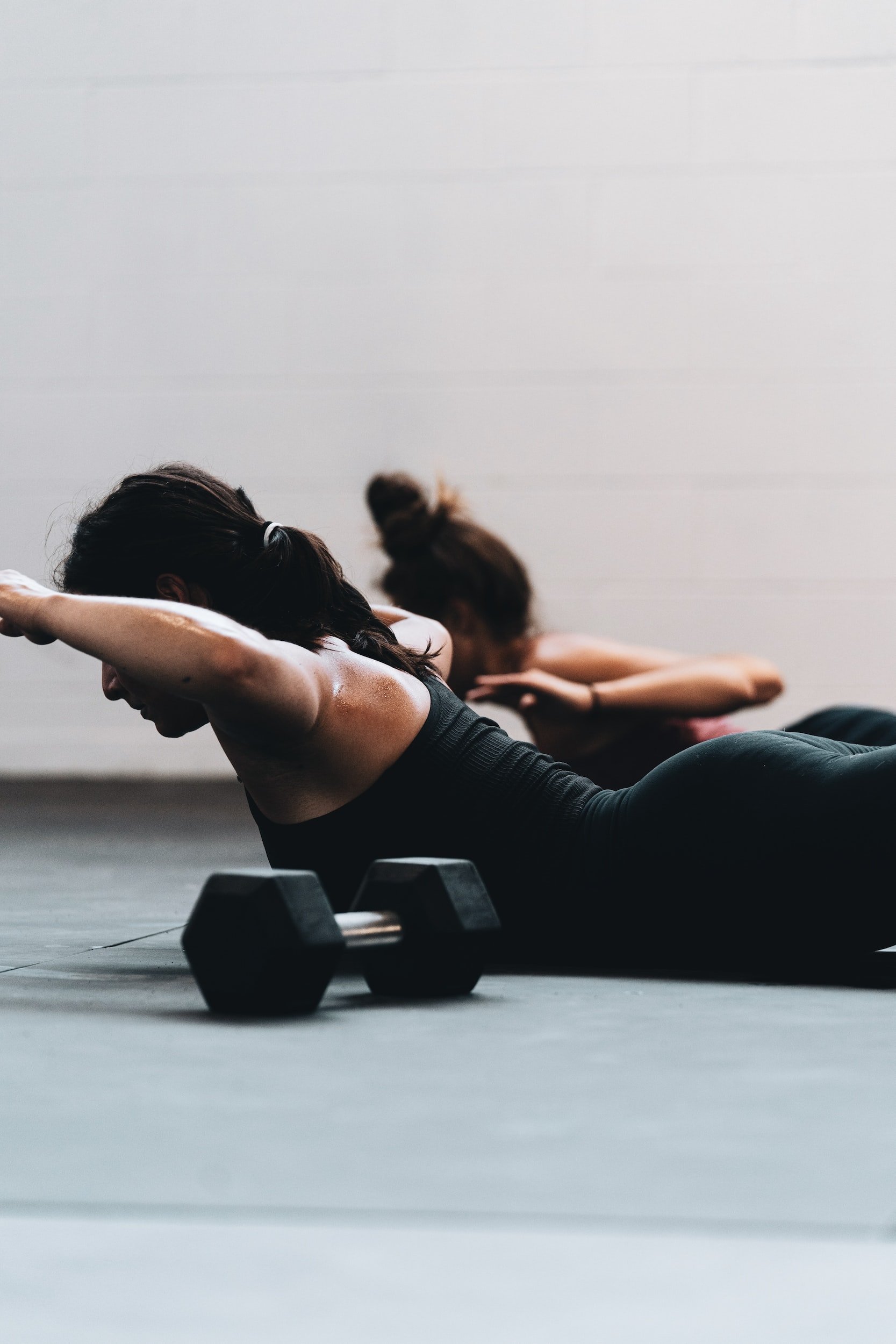How Pilates Can Help You Run Injury-Free
If you're a runner, then you know that injuries are always a risk. But did you know that there are things you can do to help reduce that risk? One of those things is Pilates. In this blog post, I'll tell you how Pilates can help you stay injury-free, the benefits of Pilates for runners, and learn some tips on how to incorporate them into your training plans. So if you're looking for an effective way to reduce your risk of running injuries, then Pilates is perfect for you.
Introduction:
Running is a great way to stay fit and healthy, but it can also lead to injury if it isn’t done correctly. That’s why combining physiotherapy with pilates can be the perfect combo for runners looking to stay injury-free. Pilates helps improve core strength, joint mobility, and balance—all of which are needed to run safely and efficiently. In this blog post, I’ll tell you how pilates can help you run (and stay) injury-free.
What Is Pilates?
Pilates is an exercise technique that focuses on strengthening the core muscles of the body with low-impact movements designed to improve flexibility, balance, joint mobility, coordination, and posture. It was developed by Joseph Pilates in the 1920s to help rehabilitate injured athletes. While it has become popular with many people looking to tone their bodies without having to lift weights or do high impact exercises such as running or aerobics classes, it also has great benefits for runners looking to prevent injuries or make their running more efficient. It has since become popular among recreational athletes as well as professional athletes who use it for cross training or rehabilitation purposes. Andy Murray is well known for using Pilates to manage his hip pain and used physio-led Pilates in his post hip surgery rehab programme.
If you’d like to know more about Pilates, the difference between matwork and reformer or yoga and Pilates, read ➡️ WHAT IS PILATES? A beginner's Guide
Benefits of Pilates for Runners
Pilates can be super beneficial for runners looking to stay injury-free. Because it focuses on core strength, joint mobility, and body awareness, it can help prevent common running injuries such as shin splints, KNEE PAIN, IT BAND SYNDROME, and back pain. It can help improve your run form and performance by teaching you proper form while running and helping you increase your joint range of motion so you can run more efficiently with less effort.
Finally, because pilates is low impact (its all about slow controlled movements) it’s a perfect way to incorporate it into your training plans as:
recovery after a long run/event
during active recovery/ rest days
as a pre run warm up/cooldown
use as rehab/prehab
6 Benefits of pilates for runners
-
One of the main benefits of Pilates for runners is that it can help to improve running form. Poor form is one of the most common causes of running injuries, and can lead to a decrease in performance. Pilates exercises can help to strengthen the muscles that support proper running form, such as the core muscles, glutes, and hamstrings.
-
Pilates exercises help to improve muscle balance and joint stability, which can help to prevent overuse injuries. It can also help to increase flexibility and range of motion, which can also reduce the risk of injury.
-
Pilates exercises are specifically designed to target the core muscles, and can help to improve core strength and stability. A strong core is important for runners, as it helps to create stability in the body and allows for better transfer of energy from the legs to the arms. This can lead to improved running performance and reduced risk of injury.
-
Pilates can help to increase hip stability. Run specific Pilates exercises target the hip muscles which help to strengthen them and improve hip stability. This can help reduce knee pain/low back pain and improve running performance. Stronger muscles are able to generate more power, which can lead to increased speed.
-
Improved flexibility can help to improve running economy by allowing you to move more efficiently.
-
Pilates helps to improve your balance and coordination. This can help you run with good form, improves run economy and reduced injury risk. But also helps you navigate obstacles while running, such as potholes, roots or muddy trails.
Do you want a challenge? Do you want 10 Days of FREE Pilates?
Physio-led pilates classes are an excellent way for runners to get the most out of their training while avoiding injury. These classes are led by a qualified physiotherapist who understands the needs of runners and is able to tailor exercises specifically to those needs. They will also be able to monitor your progress closely so they can modify any exercises if needed. By doing Pilates regularly, you will build up strong core muscles that will support your spine while running as well as increased joint mobility that will ensure efficient movement while reducing the risk of injury.
And finally,
Combining physiotherapy with pilates is an excellent way for runners looking to rehab, prehab or stay injury-free to achieve their running goals. Physio-led pilates classes offer expert instruction from a chartered physio that ensures maximum benefit from each workout session while reducing your risk of injury or overtraining.
So if you're looking for ways to cross-train or gain extra strength without adding too much stress on your body, then consider giving my physio-led pilates classes a try! You won't regret it!


